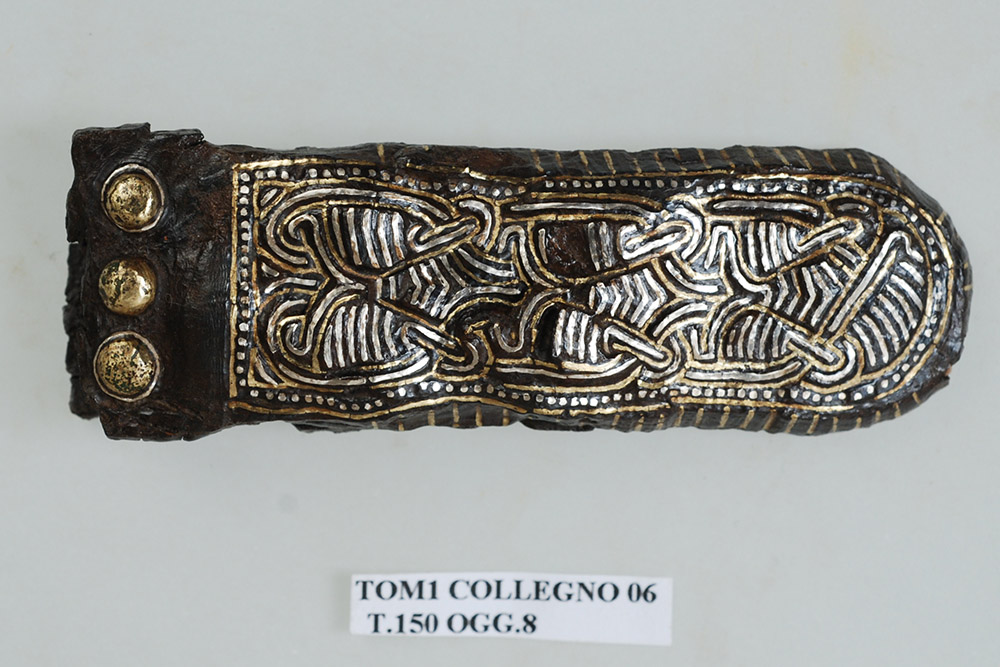
STONY BROOK, NEW YORK—According to a statement released by Stony Brook University, a team of researchers led by Krishna R. Veeramah of Stony Brook University analyzed the genomes of 28 individuals who were buried in a cemetery in Collegno, Italy, between the sixth and eighth centuries A.D. The scientists also examined the published genomes of 24 other individuals who were buried in the cemetery. Examination of the bones of these individuals offered additional information concerning their diet, health, and social status. Veeramah said that the earlier medieval elites, identified through their richer diets and elaborate burial items, were made up of families with distinct genetic ancestries, many of which came from northern Europe. However, the study suggests that over a period of about five generations, the ruling families mixed with each other and incorporated individuals from other areas and genetic backgrounds. “In the process of creating new European communities in the medieval era, families with diverse genetic ancestry would come together to form ruling groups,” Veeramah explained. Read the original scholarly article about this research in Proceedings of the National Academy of Sciences. To read about the ruins of a medieval town in Calabria, go to "Off the Grid: Oppido Mamertina, Italy."